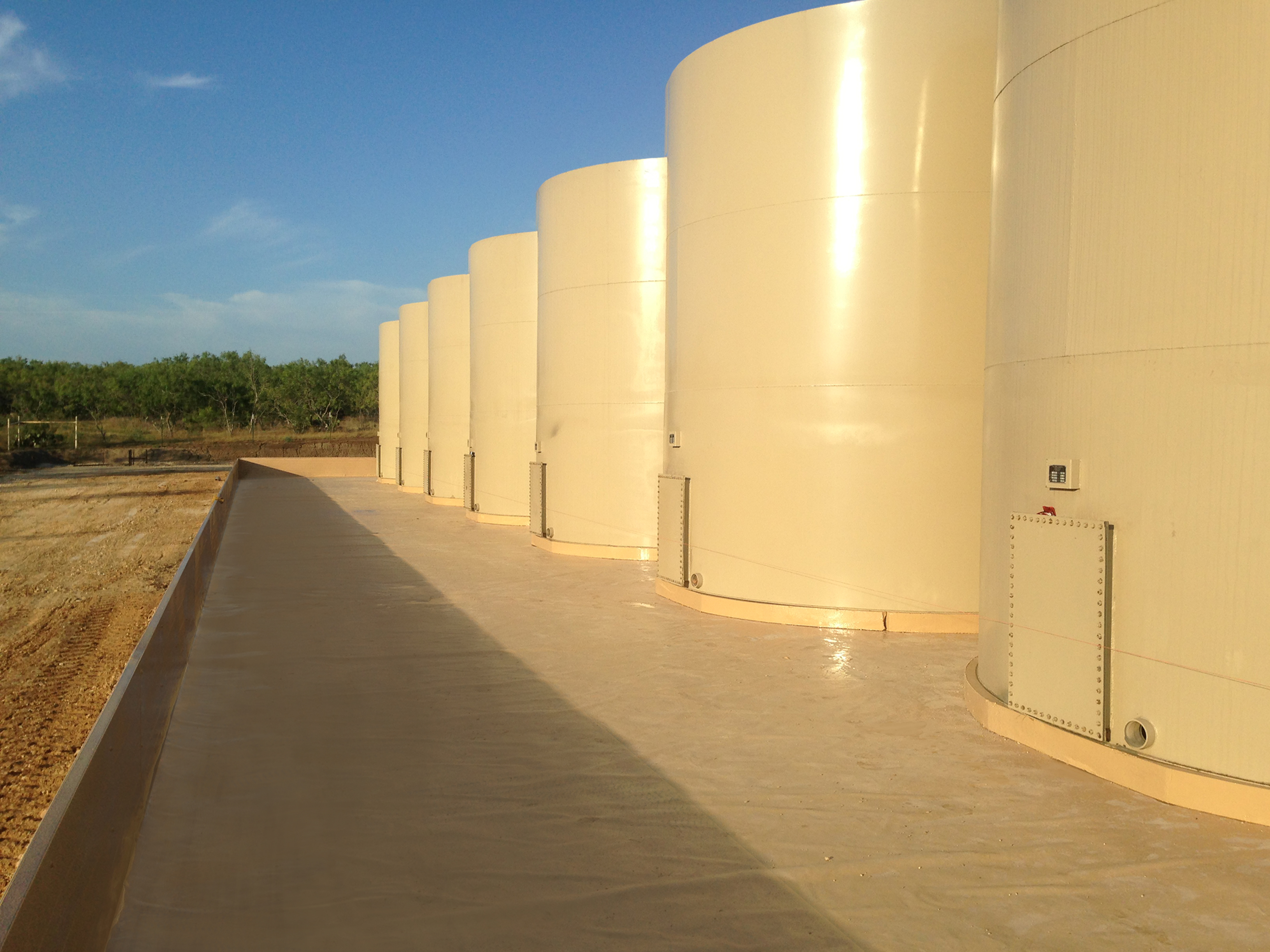 When used for primary or secondary containment, traditional coatings have been too hard and not sufficiently elastic to accommodate ground, concrete, or metal substrate shifts. This deficiency can lead to cracks or holes forming in the substrate and the coatings, compromising containment.
When used for primary or secondary containment, traditional coatings have been too hard and not sufficiently elastic to accommodate ground, concrete, or metal substrate shifts. This deficiency can lead to cracks or holes forming in the substrate and the coatings, compromising containment.
However, the formulation of hard, monolithic, flexible coatings such as polyurea polyurea
 Furthermore,
Furthermore,
Containment Requirements
Federal and state regulations mandate the use of primary and secondary containment systems to keep toxic or hazardous substances from escaping into the earth and potentially entering the water supply, whether at factories, industrial plants, or other manufacturing buildings.
This provision implores the understanding that primary containment is not infallible. Though durable, metals corrode, concrete cracks, and is porous, so it will drain fluids if uncoated. This requires secondary containment, which often takes the form of concrete pits with barriers installed around the perimeter of a tank or other storage container.
 To protect these structures, coatings such as epoxies, tars, and polyurethanes
To protect these structures, coatings such as epoxies, tars, and polyurethanes
Typical coatings do not hold up well to substrate movement or daily, seasonal, or process-related thermal expansion and contraction, which can lead to cracks and leaks.
When applied to as well as
While traditional coatings such as cementitious, epoxies, tars, and polyurethanes will precipitately fail if not installed under a comparatively narrow range of temperatures, polyurea from
Holds up to Extreme Weather
 While traditional coatings such as cementitious materials, epoxies, and polyurethanes will prematurely fail if not installed under a relatively narrow range of temperatures,
While traditional coatings such as cementitious materials, epoxies, and polyurethanes will prematurely fail if not installed under a relatively narrow range of temperatures,
Want to learn more about Polyurea
Would you like to know how to get started as an applicator?
Head over to ArmorThane



0 Comments:
Post a Comment
Note: Only a member of this blog may post a comment.